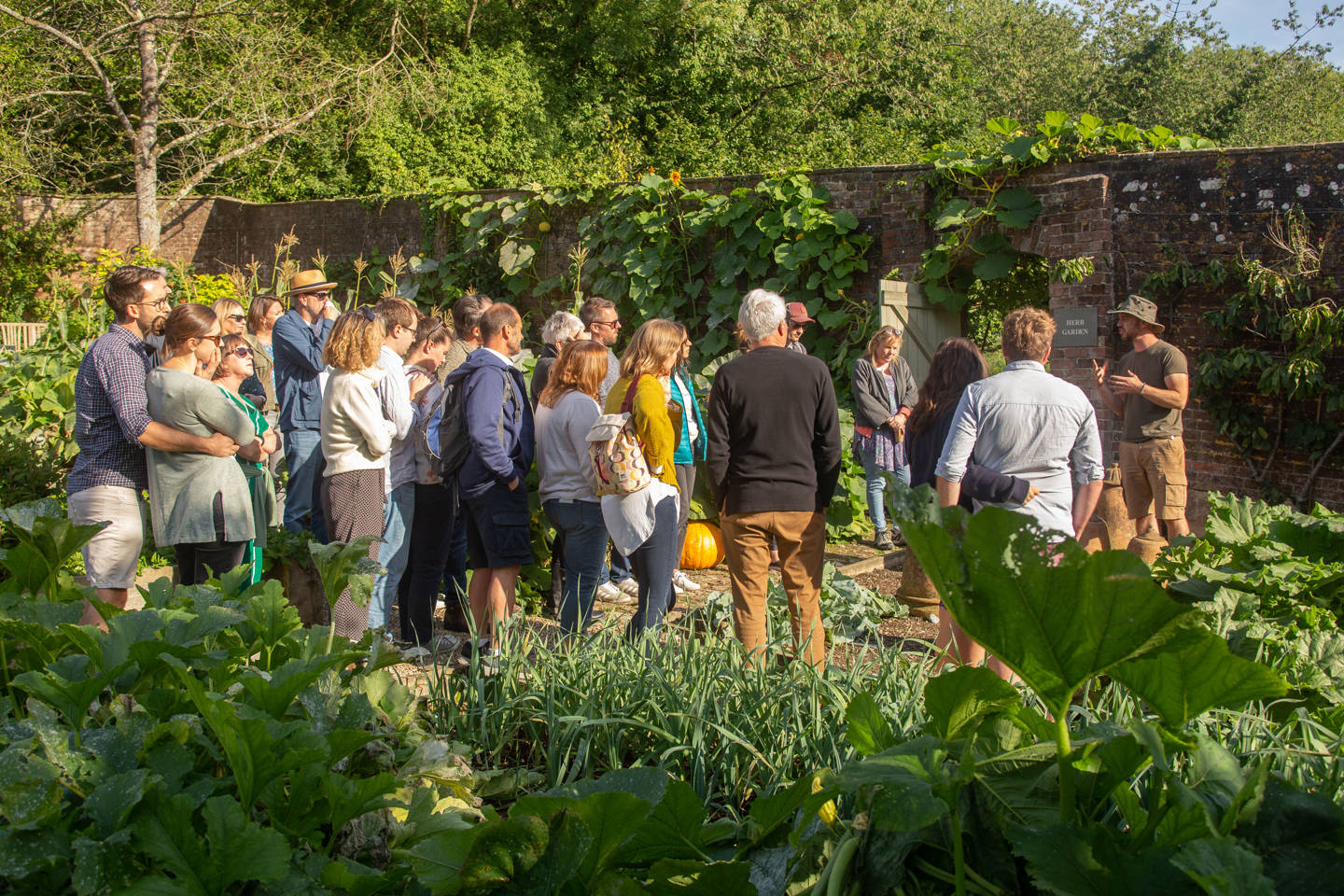Beginners Guide to Growing Veg

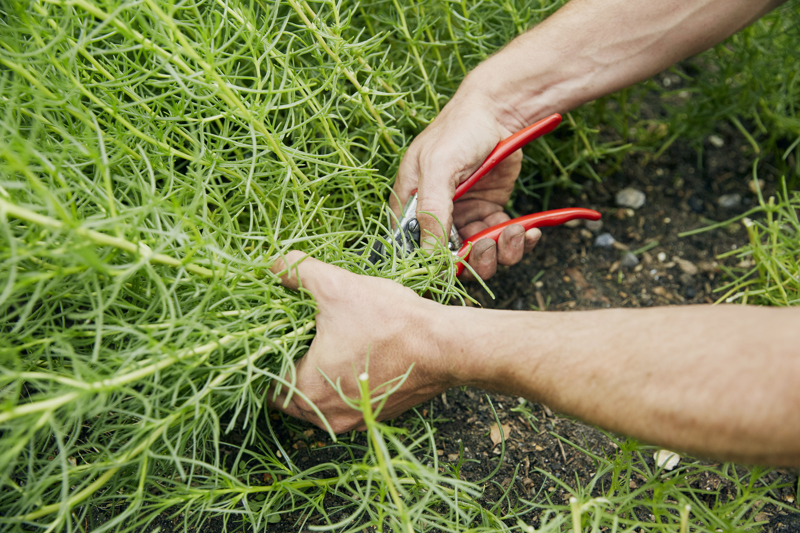
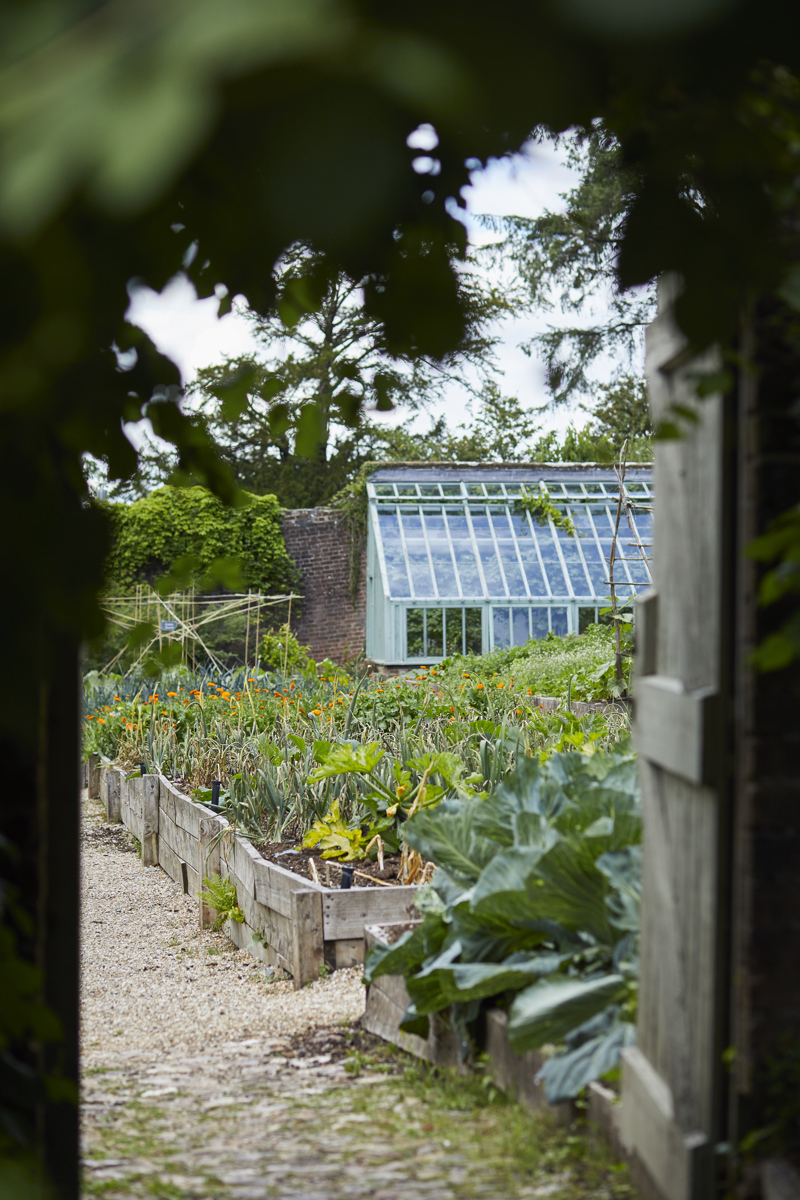
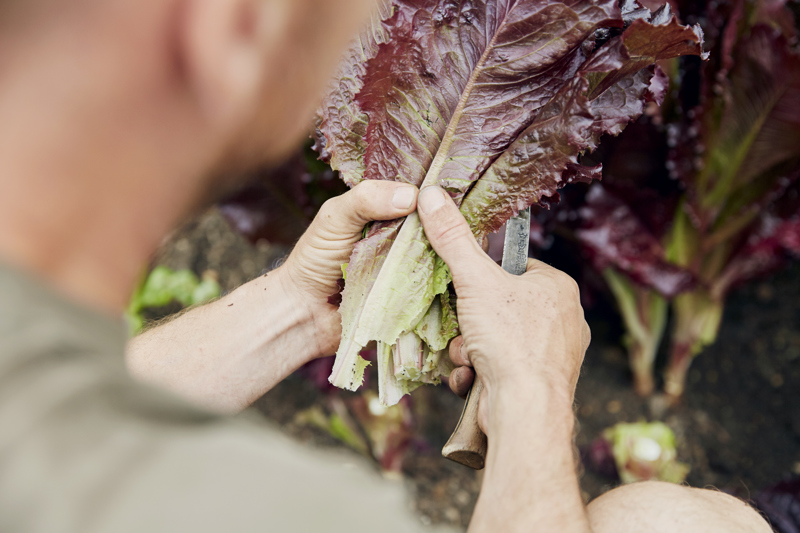
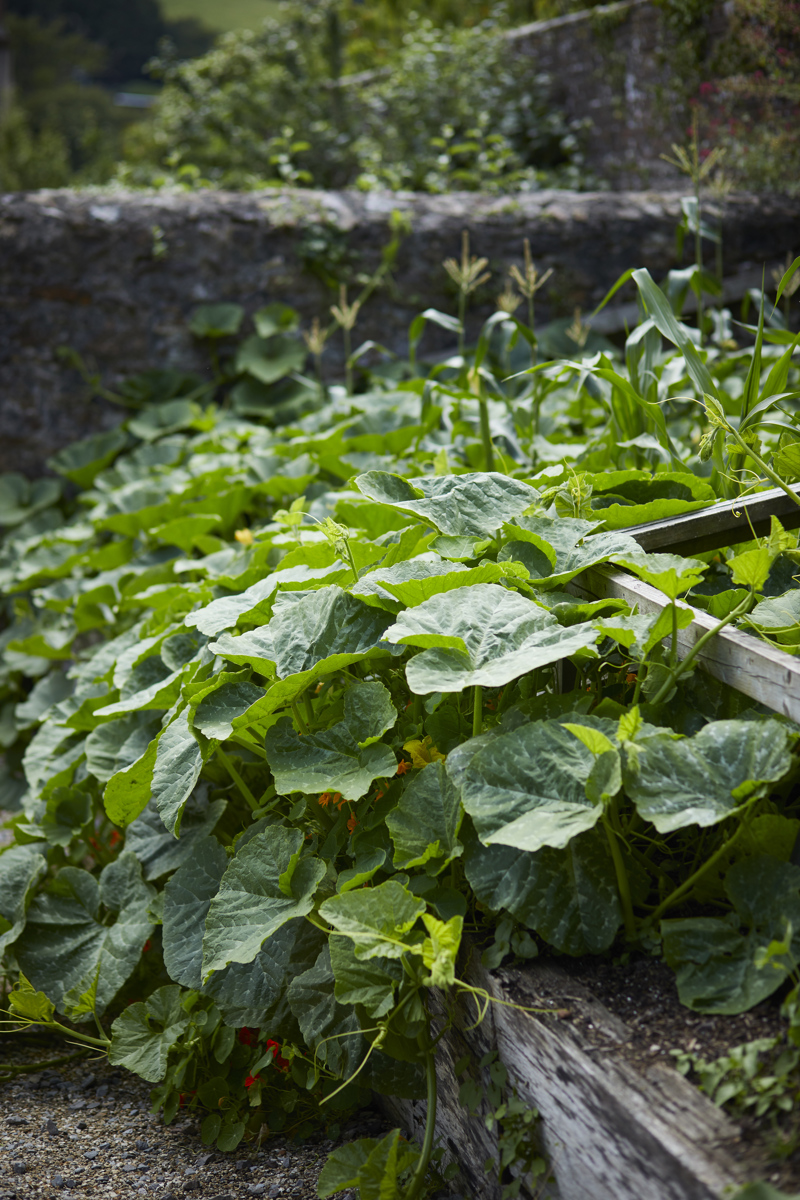
Beginners Guide to Growing Veg
So you’re a total newbie and you’ve only got a small space to play with... Fear not, says Group Kitchen Gardener Ollie – just follow his ground rules and you’ll be rewarded with a very satisfying first crop.
Make your bed..
People can get the wrong idea about growing veg. They think you need an allotment or a huge garden to do it, when in fact you can start with the smallest of plots –even 2 x 1m (approx 6 x 3ft) will give you a good haul. And if you’re a beginner, it’s a good idea to start with a manageable size so you don’t get overwhelmed.
First of all, you need to prepare your bed. If most of your garden is lawn, cut out the turf in the area you’ve chosen and get digging. Some people like raised beds – they’re easier to manage in terms of keeping weeds down, but they need more watering. If that’s the way you want to go, build up the edges of the raised beds with scaffolding boards or railway sleepers, then fill in the soil to the height you want. Otherwise, you could just use some old bricks to edge your plot, which helps keep the grass and weeds out.
You’ll get better results if you make sure the soil is good and rich, so dig in some bags of well-rotted manure. The best time to do this is early winter, then cover with black plastic to keep the weeds down and warm up the soil, ready for planting in the spring.
Get growing
It sounds obvious, but think about what you and your family like to eat. There’s no point growing loads of broccoli if nobody ever eats it. If you’re a beginner, opt for vegetables that give easy returns: instant gratification! So that means things with big seeds, like courgettes and squashes, sweetcorn and French or runner beans
With most of the veg described here, once they’re producing, you just keep on picking through the season and the plant will keep on cropping. But something like beetroot is a once-only crop, so it’s wise to plant every two weeks successionally, so they’re not all ready at the same time. Try the leaves too – very tasty in salads.
To kick off(around April for the plants we’re talking about), plant your seeds in nursery-bought modules or use our toilet roll trick (seepage 115). Keep the compost damp, not wet, and keep your seedlings in a protected place, either in a mini-polytunnel (seepage 111), cold frame (a transparent covered box to protect from frost)or indoors. Windowsills can be good, but temperature fluctuations by windows can be extreme, so you'll need to move plants if it's unseasonably hot or cold.
Start planting out the seedlings in your main bed in May. A good mix of veg in a small plot might be courgettes and/or squashes, French beans or peas, sweetcorn, salad leaves, and beetroot if there’s space. You’ll need frames/canes for the peas and beans – they’ll be ready to pick in July. Courgettes will keep producing from June to September, sweetcorn by August/September. Salad leaves should be ready from June –just cut and they’ll keep coming back all summer long.
Make the most of it
At the end of the season, cut everything back to the base and put the leaves on the compost. If you’ve got a glut of fruit or veg, preserve it by making it into chutney or freezing it. Then at the end of autumn/early winter, it’s time to prepare the soil again: clear your patch, dig in more manure and cover with plastic for the next season.
You should make a sketch of your patch to note what was planted where. For best results, rotate your crops so they’re not planted in the same spot year after year. This is a natural way of maintaining the soil’s nutrients and controlling pests and disease. Roughly split your plot into quarters and rotate things around. For example, legumes (peas, beans, etc.) are good at fixing nitrogen in the soil, which makes it good the next year for leafy crops. Brassicas (kales and broccoli) don’t like the same soil twice, so move them to the quarter where you had your squashes.
Most veg gardeners are happy to take a break, but if you’re a glutton for punishment (or you don’t like the look of an empty patch), you can grow garlic and onions through the winter. Happy growing!
